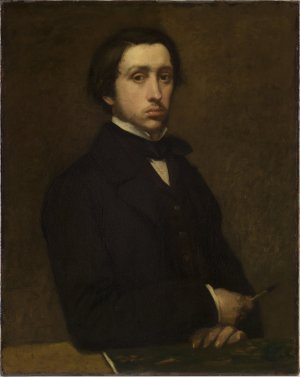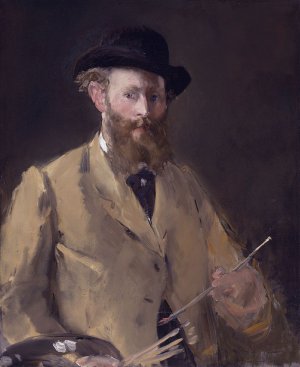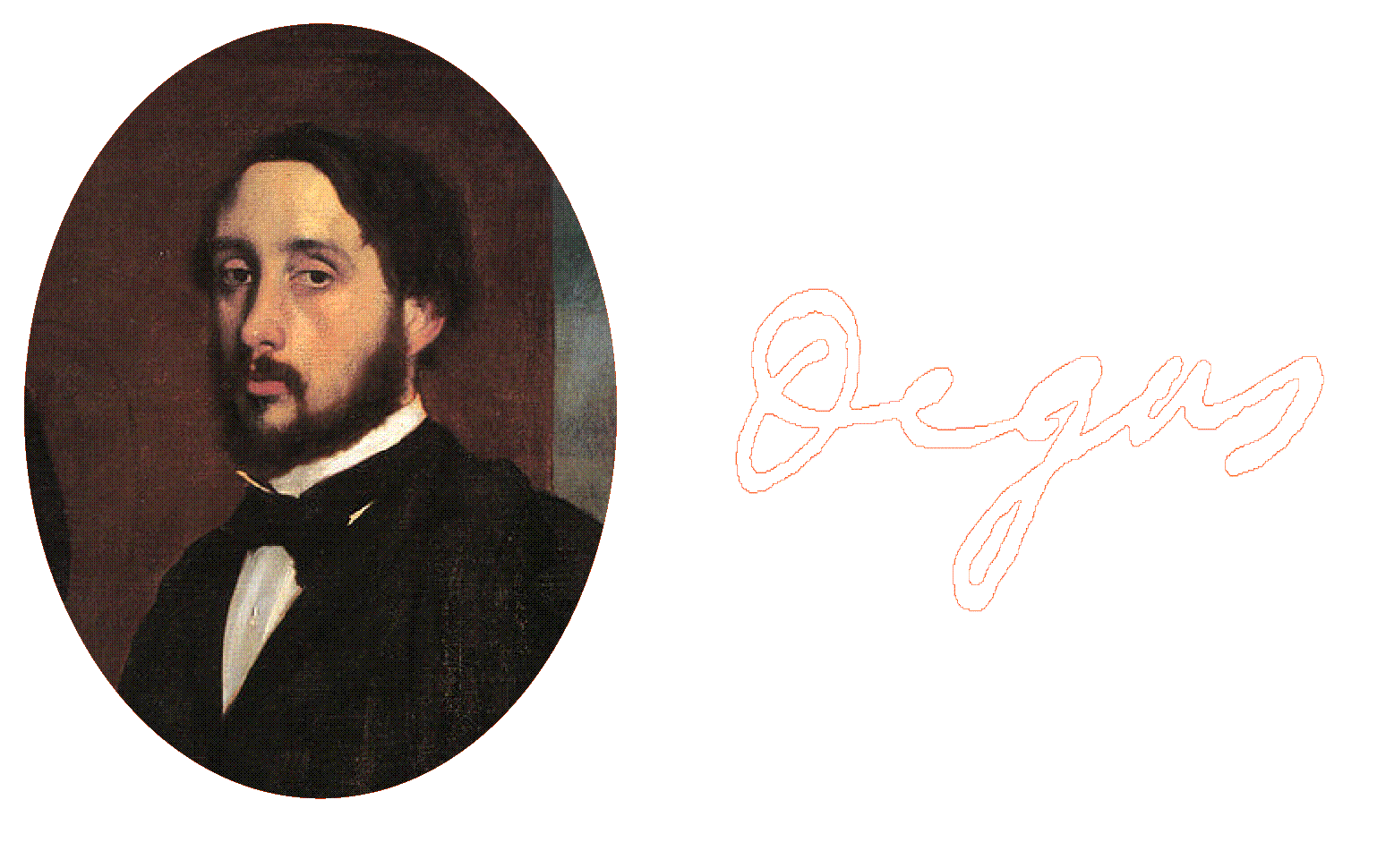Manet Degas exhibition at Orsay, Paris March 23 to July 23 and at the Metropolitan, September 24, 2023 to January 7, 2024
Two giants whom almost everything should have opposed find themselves exposed today, 150 years after a fierce battle where Degas and Manet are once again confronted with art history.
It took courage to do so. This exhibition, which takes the prestigious paths of the Musée d'Orsay in Paris and the Metropolitan Museum of Art in New York, will mark its time. It restages an old subject where two giants of the Impressionist era are in opposition.
Could it be a return, in a contemporary version, to the battle of Hernani that saw Victor Hugo violently confronted with the formulas of classical theater of his time? The confrontation between Manet and Degas is not new. At the time, it occupied artistic as well as media space, with newspapers and gazettes featuring sometimes lyrical and unrestrained letters. In reality, it was already an opposition between the still widely shared classical sentiment and Impressionism, which took time to establish itself. The debate between Manet and Degas has several aspects: personal, social, and obviously artistic.
Even if the similarity of their origins is evident - both from bourgeois backgrounds - Manet and Degas, who move in different circles, are described in the exhibition catalog as Manet being "elegant, witty, at ease in society, receiving artists, receiving journalists [hated by Degas]... A Degas of a more reserved nature but fiercely independent, with incisive speech and radical positions" (p. 12). A world separates them, firmly rooted in different characters and temperaments, even opposed.
One example is surprising. Although Degas changes his name by removing his particle, he remains an integral part of an aristocratic society that is not Manet's. During his stay in Italy between 1856 and 1860, Degas was welcomed by his family - ducal - whose nobility is proudly displayed in some of his works. However, it's strange that he removed his particle, a sign of nobility! According to rumors, Degas decided to do so to show that he belonged to the world of work, perhaps a gesture aimed at Manet and his milieu. Degas, who will remain deeply attached to his family, as evidenced by his stays in Italy and New Orleans in late 1872 - early 1873.
Many aspirations and conflicts separate Degas from Manet. Sometimes an event violently ignites the spark, as in the case of the "affair" of the painting Madame Manet at the Piano (Kitakyushu Municipal Museum, Japan), which depicts Suzanne, Manet's wife at the piano, a face that Manet found offensive in Degas's portrayal. It only takes a spark to inflame minds.
The correspondence sheds no light on these two personalities. No letters from Degas to Manet are known. However, four letters or notes from Manet to Degas have come down to us. It is sometimes in a letter to a friend that Degas's judgment on Manet is expressed, such as when he wrote to Tissot on March 27 or April 3, 1874: "I believe him decidedly more vain than intelligent."
While the correspondence is sparse, traces of the relationship between Degas and Manet can be found in various works, but only in one direction. Indeed, if there are no works by Manet representing Degas, there is a painting and half a dozen drawings and some engravings by Degas showing Manet.


The woman is again the "unifying" element between Manet and Degas. Degas will represent her most of the time in the solitude of a dance movement or a bath, while Manet gives her a more static than mobile aspect. Finally, other subjects link Manet and Degas, such as beach scenes very close to each other and copies of the old masters from the Louvre and the Uffizi Gallery in Florence.
Many subjects where the Manet-Degas controversy still makes sense today. Thanks to the Musée d'Orsay and the Metropolitan Museum for taking up the theme a year before the commemoration of the 200th anniversary of the birth of Impressionism in 2024.
Michel Schulman
Publication : 12-11-2023
